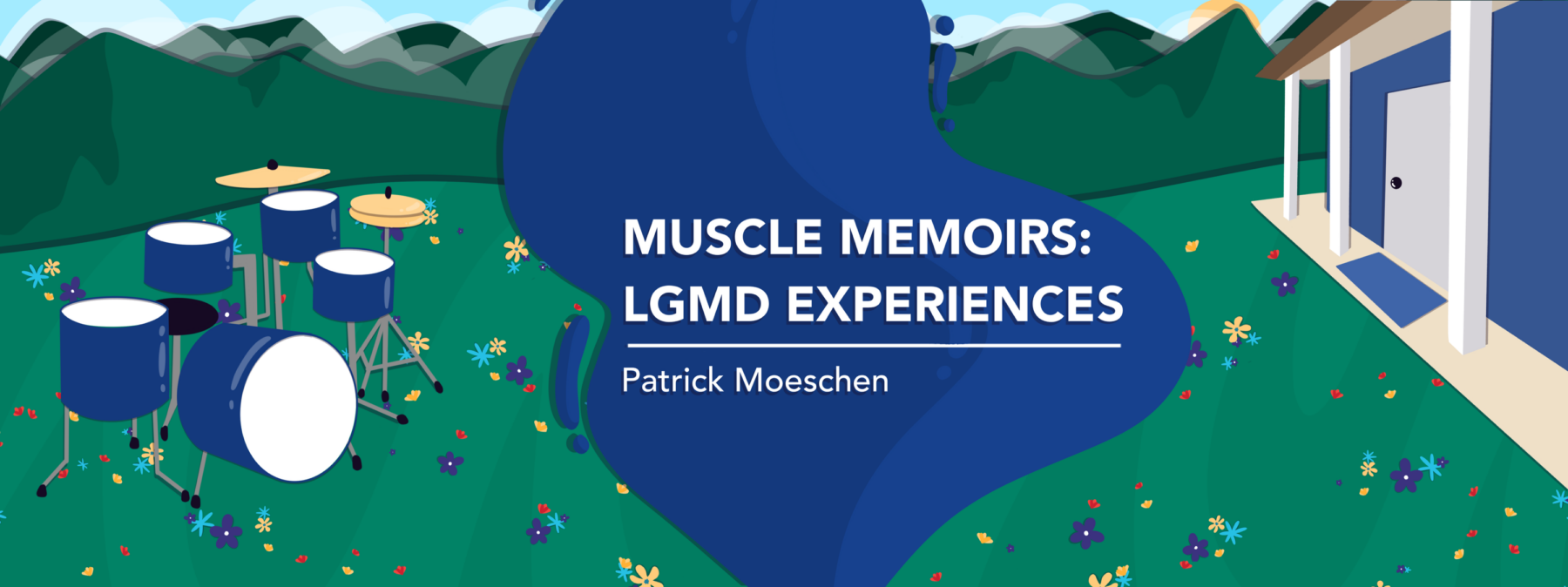Educating all ages about living with muscular dystrophy
I've found ways to explain my health and routines to both kids and adults

In my four decades of life with limb-girdle muscular dystrophy, I’ve become comfortable educating everyone I meet about my quality of life and the ways all of us living with chronic, rare conditions have been given a wonderful chance to influence societal views of the disabled community. I’ve found it most effective to keep my talks age-appropriate.
I’m the father of two wonderful boys, ages 10 and 8, and they’ve always known me as a wheelchair-using dad. My form of limb-girdle allowed me to walk until age 30, which was 10 years before my oldest son was born. When my kids look at old photographs that show me standing up, they ask questions such as, “How come you could walk back then, but not now?”
I feel that age-appropriate questions deserve age-appropriate answers, so I tell them I have “special muscles” that can’t grow strong like theirs. Using a power wheelchair, I say, is like a treatment, just like getting medicine at the doctor. The chair doesn’t make my special muscles stronger, I tell them, but it helps me save my energy so I can play and move around.
I also taught middle school music and band for almost 30 years, and the adolescents in my classes ranged in age from 10 to 14. Their questions were, at times, specific and unfiltered, things like asking me how I use the toilet and if I sleep in my wheelchair. “I only sleep in math class, just like you guys,” I’d offer as my wise-guy answer.
“How do you drive, Mr. Moeschen?” they’d ask. “Fast,” I’d answer.
“Does it hurt?” “Only when I think too hard.”
“Are you sad?” “Currently, yes, because you’re all asking me too many questions.”
All joking aside, I kept things age-appropriate when discussing my life, because it was more effective that way. Middle school kids and humor go together, and laughs were paramount in teaching the kids that I was just like them on the inside.
When I gained a new group of students, I spoke with them about basic genetics, including how traits are inherited and how my condition was caused by a spontaneous mutation. Connecting with their life science curriculum, the kids could also grasp the basics of structural cell proteins and how they bind to help build muscle.
I also created a video tour of my accessible home, including views of my elevator (actually, a lift), lowered kitchen countertops, roll-in shower, and the contraption and ceiling track that help me get into bed and the bathroom.
Explanations for adults
When I speak with adults, I’m often asked how I stay positive while maintaining a rigorous schedule as a dad with a full-time job, side work, and several hobbies.
In this age-appropriate discussion, I tell people there’s no one way to always cope with what life has thrown at me. Then I turn the conversation so they can relate those circumstances to similar situations they’ve experienced. Every human, after all, has experienced struggles big and small, short-term and long-term. I remind them that disabled people are the same as everyone else: We have dreams, goals, desires, and the need to be seen, heard, believed, respected, and loved.
As long as I continue to tailor these conversations to the ages and experiences of the people I’m speaking with, I believe that sharing my feelings and daily life is a way to break down barriers caused by difference. In fact, I want to help others understand that humans are less different than they may think, and much more the same.
Note: Muscular Dystrophy News Today is strictly a news and information website about the disease. It does not provide medical advice, diagnosis, or treatment. This content is not intended to be a substitute for professional medical advice, diagnosis, or treatment. Always seek the advice of your physician or another qualified health provider with any questions you may have regarding a medical condition. Never disregard professional medical advice or delay in seeking it because of something you have read on this website. The opinions expressed in this column are not those of Muscular Dystrophy News Today or its parent company, Bionews, and are intended to spark discussion about issues pertaining to muscular dystrophy.








Jill Millington
I love that you wrote an article such as this ❤️
I also think you are amazing for educating kids when you have the opportunity to teach them not only music, but some science also :) very cool!